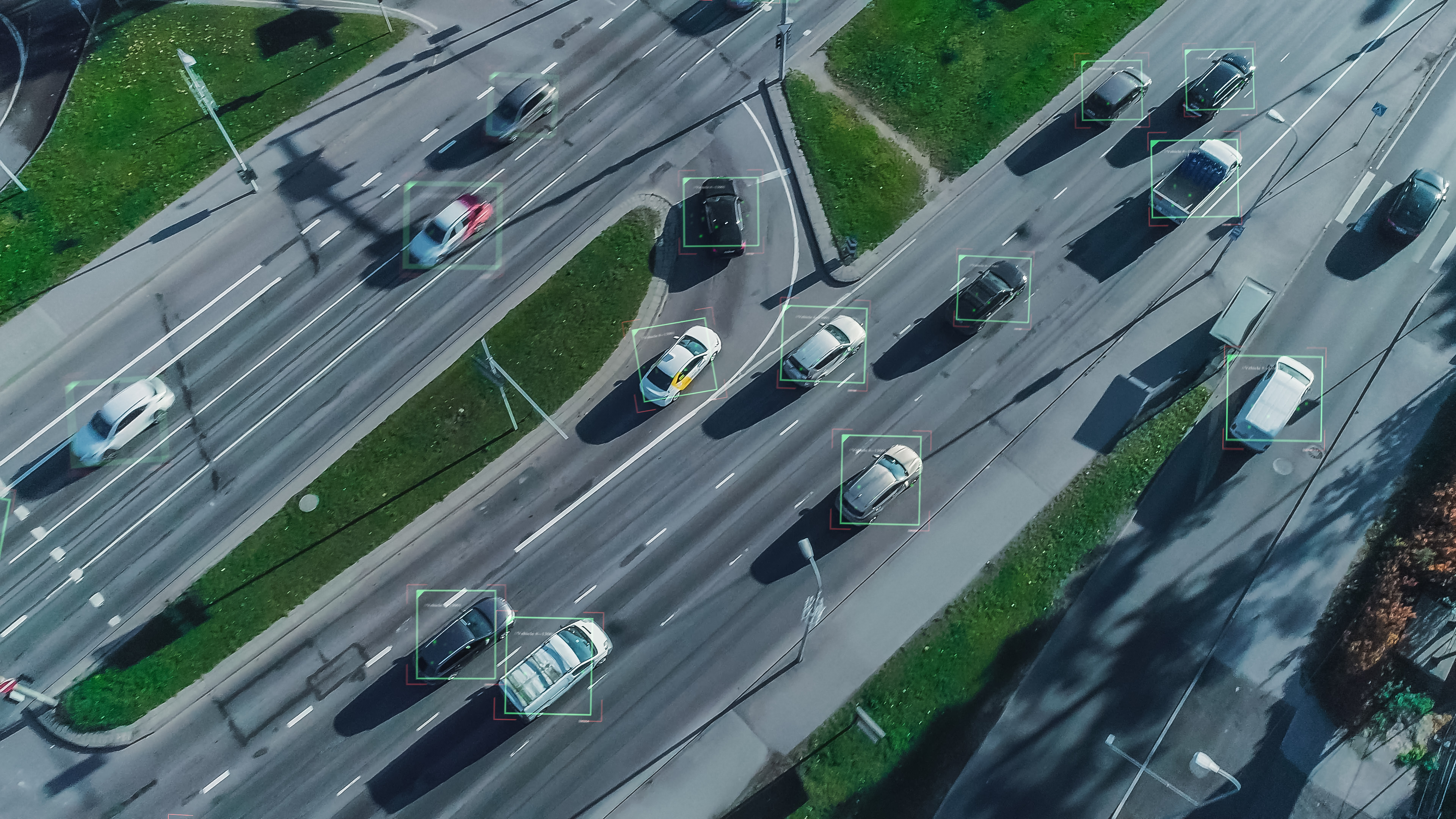
Autonomous driving is no longer an abstract concept of the future, but is increasingly becoming a reality. Fraunhofer IGD is working in collaboration with a German automotive group to develop an AI-based solution that can optimize the flow of traffic in the smart city of tomorrow. The use of camera technology and a “Vision Transformer” enables the motorist to avoid traffic jams. Future cities will be equipped with an array of cameras, for example at traffic lights and traffic circles, that can be used to control the flow of traffic in so-called “smart cities”. Smart cities are designed be more efficient and livable thanks to the use of modern technology – as here when traffic jams are known to occur with regularity in a particular location. The problem up to now has been that, if the same road user passes multiple cameras on their route, they go unrecognized. However, recognition is important in enabling their routes to be plotted and predicted.
Together with a German automotive group, Fraunhofer IGD is developing a solution to track road users. The project team initially started by identifying cyclists and their routes by means of an artificial intelligence-based technology called Vision Transformer (VIT). This works with transitions from light to dark to recognize objects in subsequent images, which allows neural networks to detect people on bicycles by their individual characteristics such as clothing and body size. The technology does not use facial recognition software; like car license plates, these are made fuzzy in advance. Objects need to be tracked reliably in different lighting situations and against a range of backgrounds.
Self-learning AI
The next step involves recognizing cars. This is far more challenging for the AI: if, for example, too many black compact cars of the same model are driving around, this makes it more difficult to distinguish between them, as it is also almost impossible to recognize the features of the driver and passengers.
Vision Transformer works with self-supervised learning, unlike the often-used convolutional neural networks (CNNs). This means that no sample data classified in advance by humans is required for learning.
Before the scheduled end of the project in March 2024, the research team at Fraunhofer IGD will implement the software in the automotive group’s infrastructure and then also work with real test data from a smart city in the USA. After all, intelligent routes are a prerequisite for fully exploiting the benefits of autonomous driving and improving people’s quality of life.
 Fraunhofer Institute for Computer Graphics Research IGD
Fraunhofer Institute for Computer Graphics Research IGD